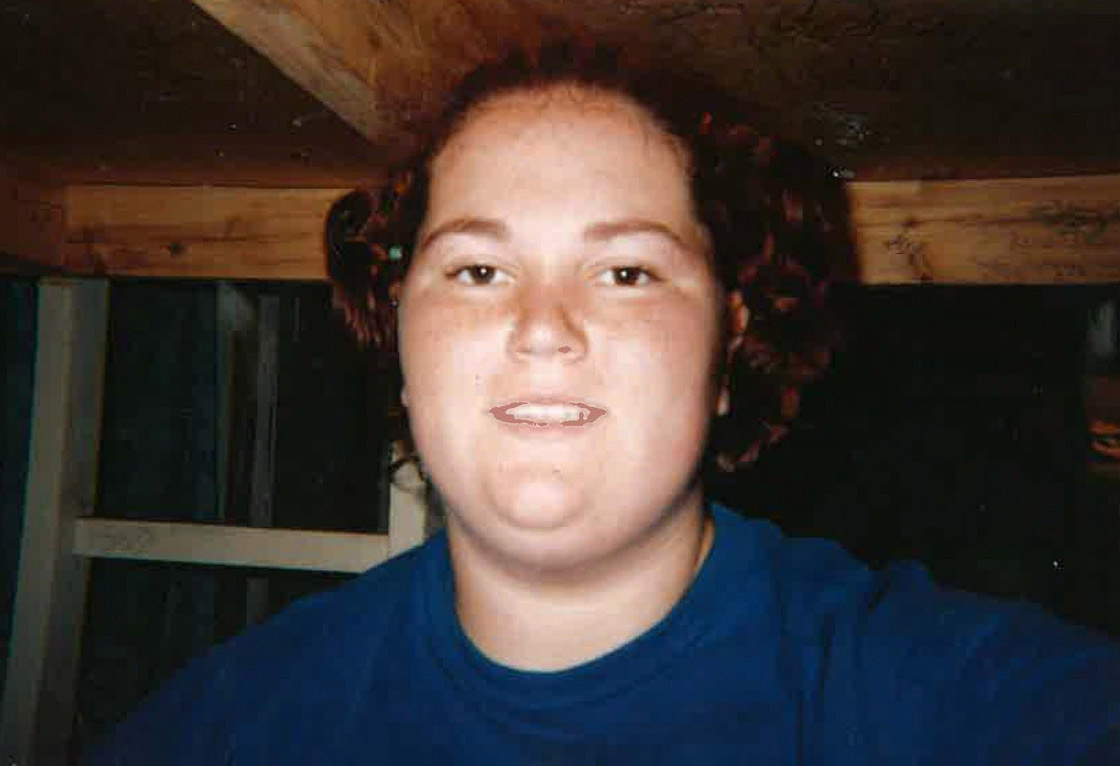TORONTO – Months before an increasingly disturbed teenager would choke herself to death in her segregation cell, her parole officer still believed she would soon be going home, an inquest heard Tuesday.

Rob Harris told the inquest that he saw no reason Ashley Smith would not be freed on her mandatory-release date of November 2007.
Harris, parole officer at Nova Institution in Truro, N.S., said it was his expectation in July 2007 that Smith would be released despite her acting out while in custody at various institutions.
“I didn’t believe she met the criteria to be detained,” Harris said.
Although there were numerous violent offences on her record, they were low level and situation dependent, he said.
TIMELINE OF EVENTS: Key moments in the Ashley Smith inquest
“It’s not so much the quantity but the quality,” he told jurors at the inquest into Smith’s death. “There was no escalation in the level of risk she presented.”
Harris testified he had recommended Smith be placed in segregation on her admission to Nova in October 2006 from youth custody, where she had already spent three years in isolation.
Smith, then 18, posed a risk to her and others, Harris said.
“My job is to keep somebody safe,” he said. “In her case, I had no other alternative.”
- What is a halal mortgage? How interest-free home financing works in Canada
- Capital gains changes are ‘really fair,’ Freeland says, as doctors cry foul
- Ontario doctors offer solutions to help address shortage of family physicians
- Budget 2024 failed to spark ‘political reboot’ for Liberals, polling suggests
On arrival at the adult prison, Smith showed the same kind of outbursts that had plagued her stay in youth detention, where she had been sent for throwing crab apples at a postal worker.
Among other things she tried to bite guards and tied ligatures around her neck interspersed with brief periods in which she co-operated with prison staff.
“One step forward and two steps back,” was how Harris described her progress.
The inquest has heard how Nova staff were at a loss to control Smith’s disruptive behaviour. In the end, Harris recommended she be transferred to the Regional Psychiatric Centre in Saskatoon.
The transfer was voluntary and the hope, he said, was that she would get mental-health treatment.
The speed at which the transfer was completed in mid-December 2006 was a reflection of the fact that it was the “right thing to do,” he said.
The move was the first of more than a dozen transfers for Smith but things did not go well in Saskatoon where staff frequently restrained her.
Smith accused a correctional supervisor at the psychiatric centre of assaulting her and she was transferred out. The supervisor was charged with assault, but later acquitted.
In July 2007, after several more transfers, Smith ended up temporarily back in Nova – her home region because her mother lived in Moncton, N.B.
“In an ideal world, you do your time in your home region,” Harris testified. “I fully expected her to come back.”
Smith, 19, died in segregation at the Grand Valley Institution in Kitchener, Ont., in October 2007 – a month before her statutory-release date.

Comments